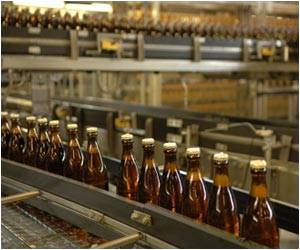Doctors in the U.S receiving direct payments from opioid manufacturers prescribe more opioids when compared to the doctors who receive no such payments according to new research.

‘Pharma-physician relationship plays an essential role in deciding the number of opioid prescriptions and opioid-related promotional activities.’
Read More..




Pharmaceutical companies can't pay doctors to prescribe their drugs; that sort of incentive is illegal. But they can pay doctors to talk about their drugs in speaking engagements, and pay for consulting work and conference attendance.Read More..
They can also send 'detailers' (salespeople) to doctors' offices to promote their drugs, possibly paying for a meal or leaving drug samples behind. These types of incentives may make physicians consciously or unconsciously more inclined to prescribe a particular brand of drug, or prescribe it in greater quantities.
The data on direct payments to physicians came from the Open Payments website, which publishes data reported under the Physician Payments Sunshine Act (PPSA), the US healthcare law that requires medical product manufacturers to disclose payments and other transfers of value to physicians.
The data on opioid prescriptions came from the Medicare Part D Prescriber Public Use File, which holds data on prescriptions provided to and filled by Medicare beneficiaries. Both datasets are available on data.cms.gov, a website maintained by the Centres for Medicare and Medicaid Services (CMS).
The study, led by Dr. Thuy Nguyen of Indiana University's School of Public and Environmental Affairs, looked at the prescribing practices of 63,062 US physicians who directly received opioid-related promotional payments, compared with over 802,000 physicians who received no such payments. From 2014 to 2016, the doctors who received payments prescribed, on average, over 13,070 daily doses of opioids per year more than their unpaid colleagues.
Advertisement
As this is an observational study, the findings reveal associations between opioid manufacturer payments and the volume of opioid prescriptions by individual physicians that may not be causal. However, the associations remain after adjusting for a range of physician characteristics, local sociodemographic predictors, and state opioid control policies.
Advertisement
Source-Eurekalert










